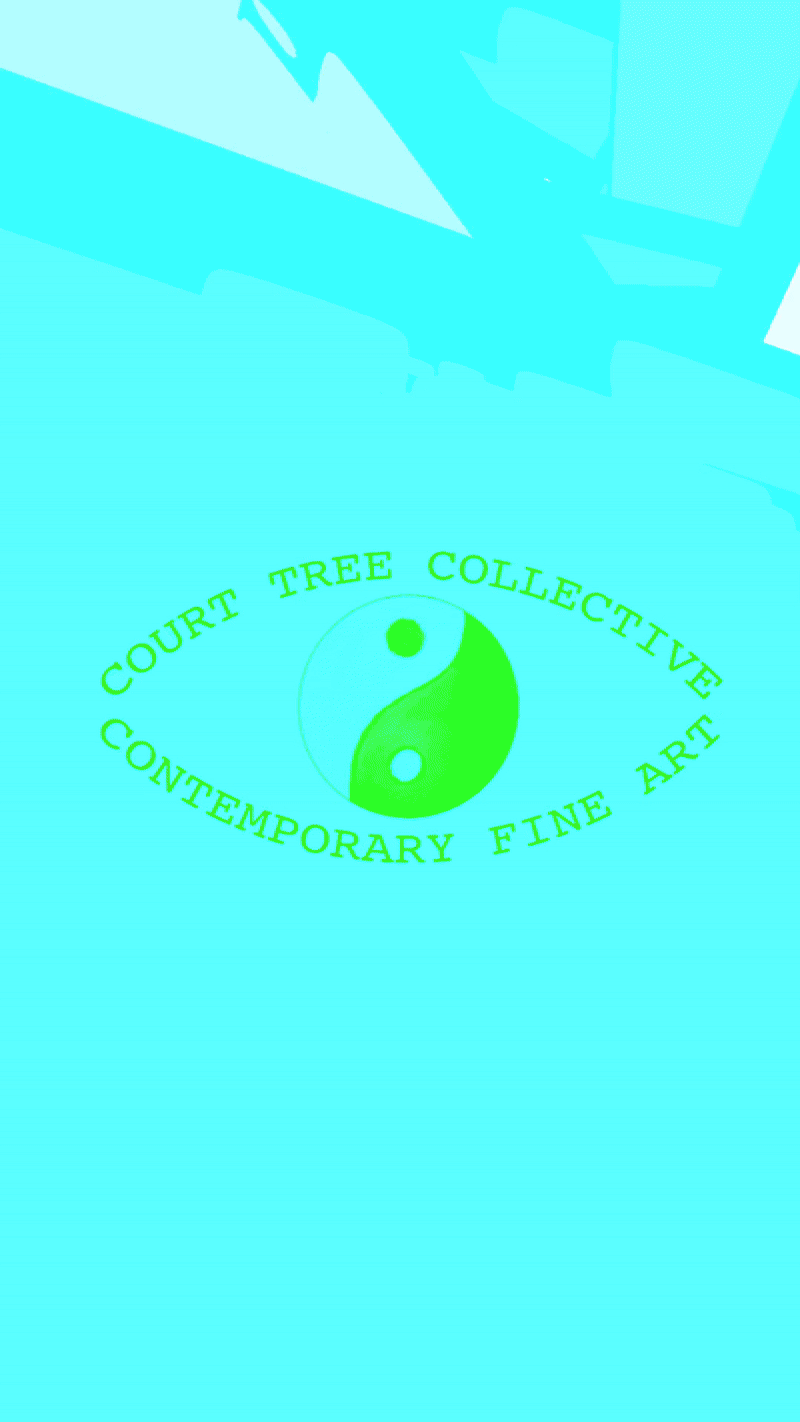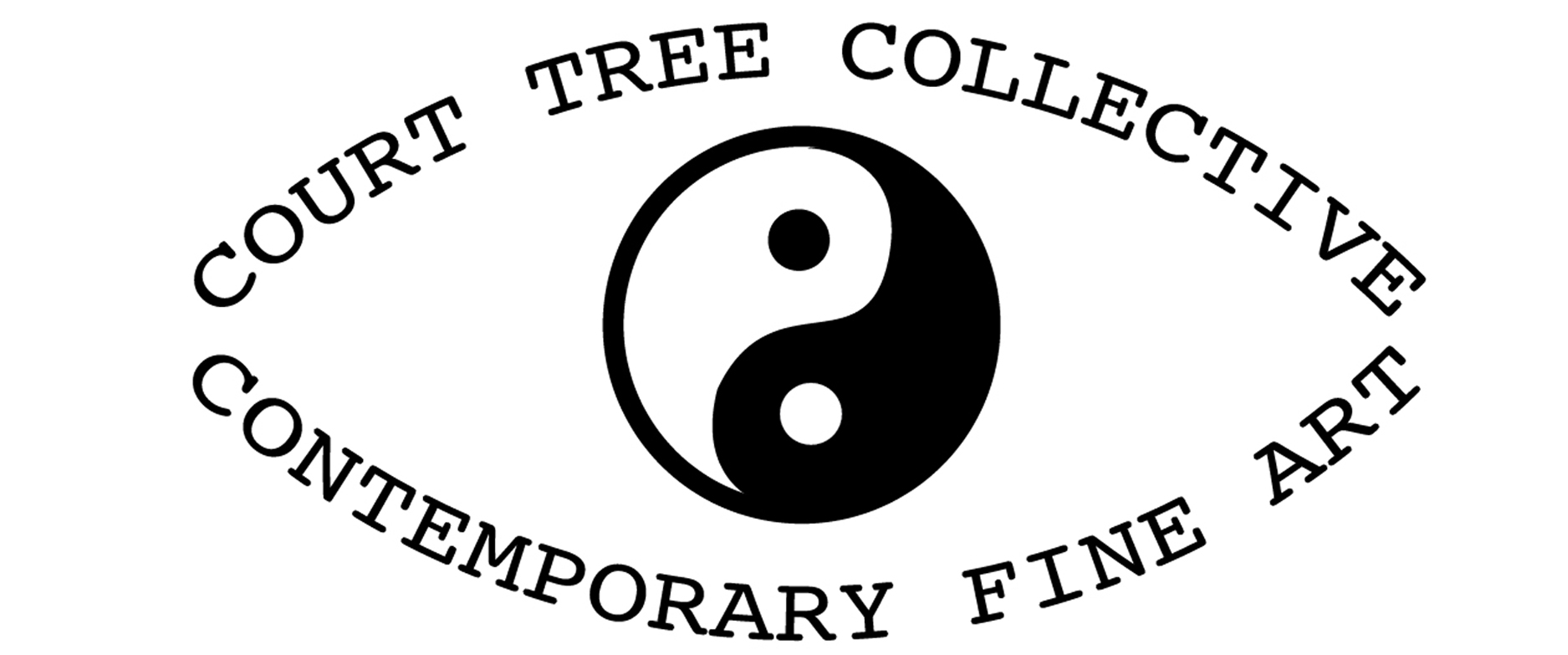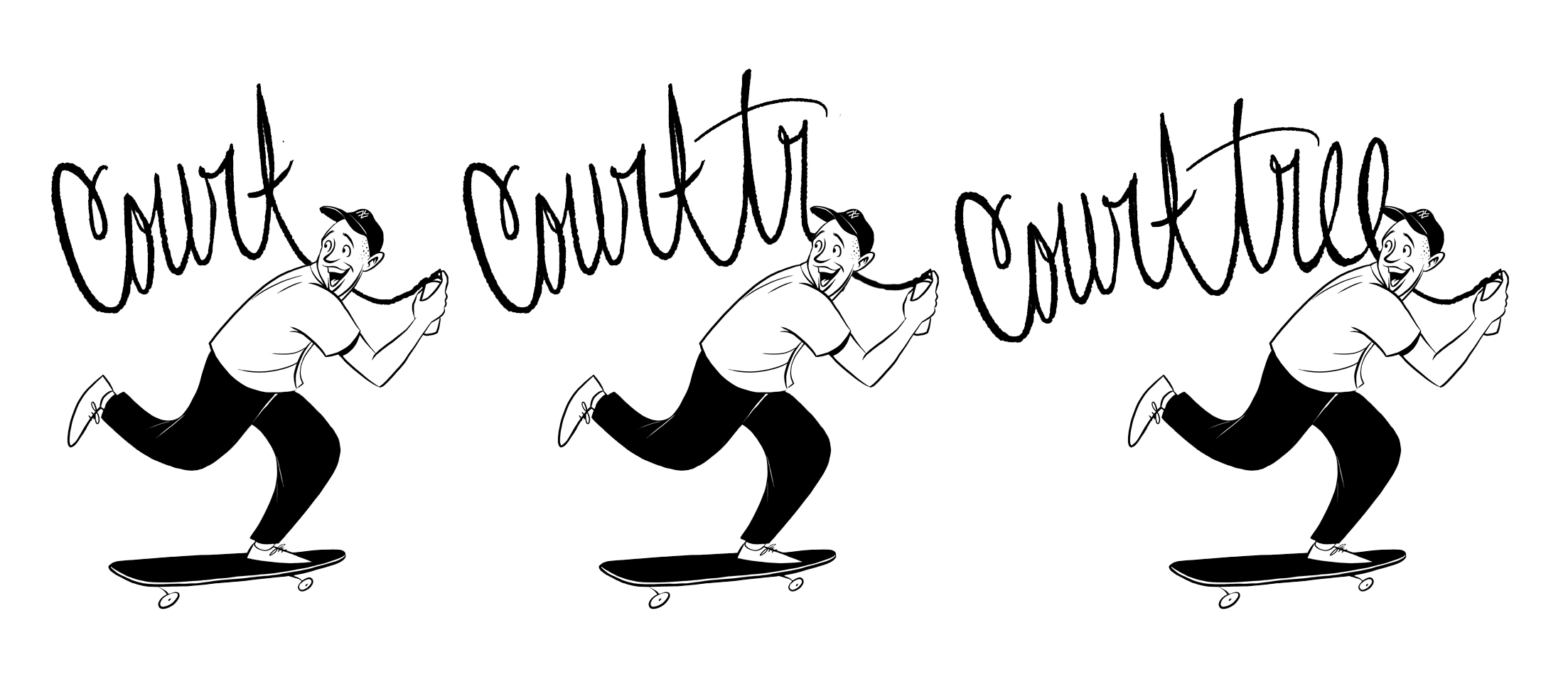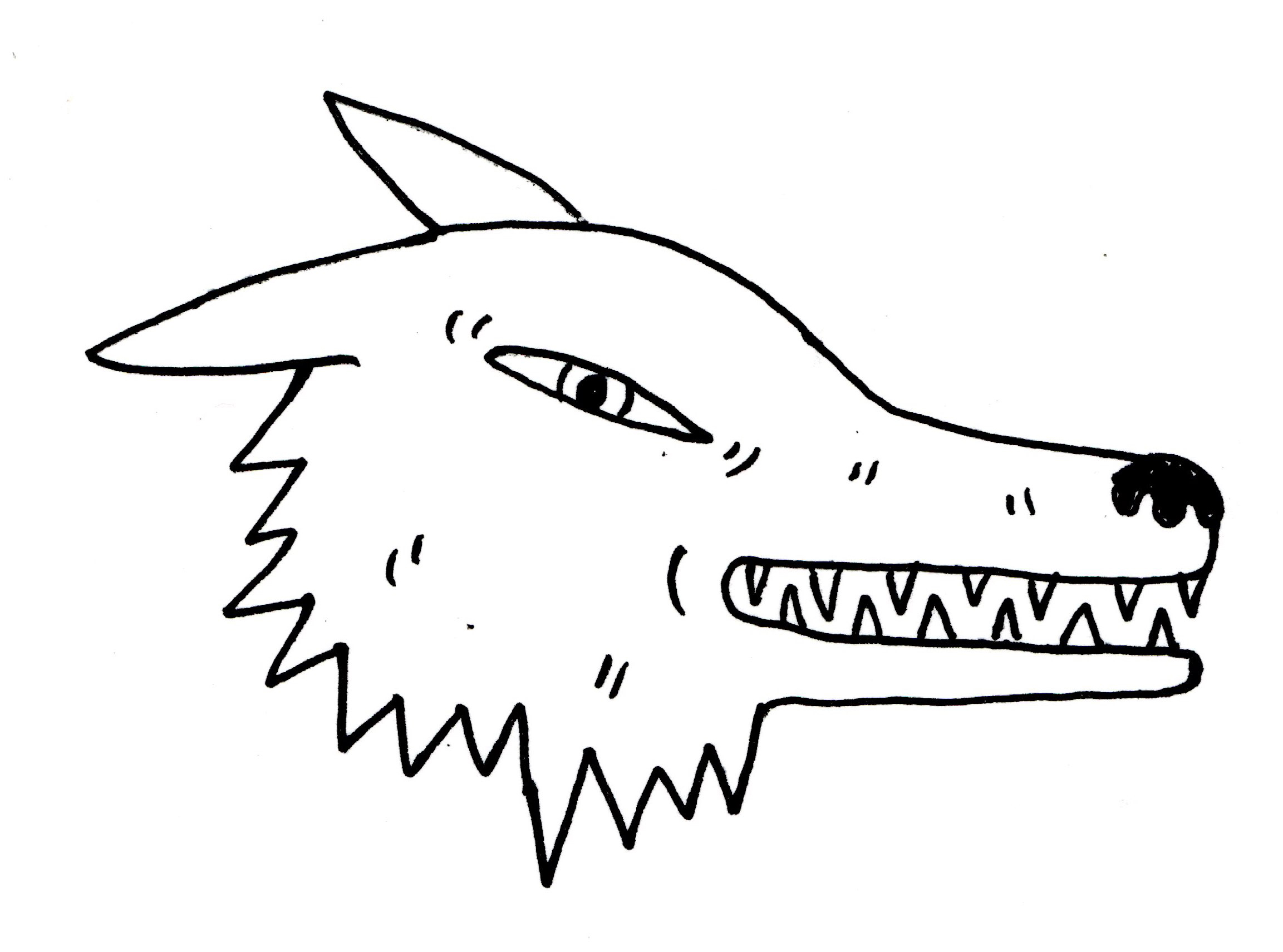JIEM

In your paintings Mardi matin d'hiver au Vieux Marché and Entre La Clé d'Or et Le Pavé, they contain so much detail that each figure in the work could be its own subject matter within the depicted crowd. You create an image where it’s easy for viewers to immerse themselves in the dizzying sensations of your market and street scenes. Having painted multiple versions of these specific locales, what drew you into these dense yet thriving spaces? You also reference specific months, streets, days, and/or seasons in th titles of your paintings. What emotions or narratives are you aiming to capture when you depict these particular places and moments in time? Do you feel a sense of connection or nostalgia to these areas?
These paintings show a specific place that I love so much in Brussels, a main square called "Place du Jeu de Balle". A big old square, where a flea market takes place everyday, all year long, for 150 years now. Brussels is not far from Lille, the city where we live in northern France, so we really often go there. I am totally obsessed with flea markets since I was a kid actually, and I am really into History and local stories, so I collect a lot of things. Too many. Basically the sellers from this market empty houses and put all the stuff they find on the ground, in big cardboxes or on sheets. So I find almost everything I am looking for: old family and travels photographies from 1900 to 1970, old paint cans and sprays, folk and amateur paintings, books, magazines, letters, figurines, old toys, football fans scarves, and lot of other interesting or weird things.
I am very sensitive to seasons and my favorite ones are autumn and then winter, that's why I like to paint them. People in full clothes, freshness, cold, specific colours, changing skies, pure sensations for me. The reference to specific days about this market is just the pure joy to go there, having a little adventure, meeting nice people and be able to find amazing stuff in the middle of the week. Any day. And that's a really good thing that I love about living as an artist! Freedom. As you say it's a total connection, with everything. But nothing to see with nostalgia out of the objects I found themselves, because all of this is alive! It's pure joy for the present, and this place is really out of time for me because the whole process never stops, every morning starts like the day before. I guess that as a deeply nostalgic person, I am in pursuit of places like this...
How do your travels and personal experiences inform your artistic practice? What is the most memorable place you’ve traveled to? Additionally, is this destination also your favorite place to paint?
For me a travel can be a single day journey, not far from home. Brussels is a good exemple. It's all about changing your context, your habits, and first of all changing the experience with the people around you. I am just really curious about other ways of living, other local cultures, etc. I love seeing how other people deal with this crazy world, how they manage in their own way their daily life. I don't know about the most memorable place I have been to, a lot of amazing places in many countries for sure, I could mention New Orleans, Istanbul or Reikjavik but it is more about who you meet, what you do, and a certain indescriptible feeling too. We travel a lot to England for exemple with Mary and when we like a precise place we can come back 10 or 20 times. Just because we like the vibe and because we are true and loyal people ah ah. It is not about going everywhere and tick a list of destinations. One good exemple is Leeds in the north. I am pretty sure it is not the most beautiful city in the country, but our experiences there, the suburbs, the light, the colour of the bricks, the pubs, the friendships we made etc, it's a place that we are deeply in love with because of our personal history...and yes, we have painted this city a lot!
Can you let us know a little about your history with graffiti art? How did you get into it and how did you transition into your current era of self-described “folk-ish art”? Are there still traces or influences of your previous style in your on-going one?
I started graffiti as a teenager in the second half of the 1990s in western France where I was born. All by myself. Then some really close friends quickly followed me, we created a crew and it was amazing. It's a huge subject because it' a huge part of my life, so let's try to be brief. The most important thing graffiti gave me at the beginning was the sense of adventure, the ability to go anywhere in the city, explore every street, every train line, every wasteland. Cycling or walking all night long to spray my name everywhere. It was a full dedicated way of life for some years, I had to be really committed. Finding the paint, finding the spots and finding the time to hit them was a beautiful school of motivation. It is a very DIY and self-taught subculture. I think I will always keep this way of thinking and doing in my life, even if graffiti is really more behind me than ahead, it can be applied to every aspect of life. Today we still paint murals with Mary, for commissions or for friends, but we almost stopped painting illegal walls or other surfaces 3 or 4 years ago. I think I became a little bit less "antisocial" too, not that I absolutely want to obey to every single law, but I just don't like to hurt common people feelings. The troubles that I had with graffiti for 25 years never convinced me to stop before, but at some point, suddenly, I just lose interest in it. I still really love to tag our names or other things when we travel, in a really simple and rough way, but I just don't feel any connection with the "graff world" anymore. I already experienced that feeling around 2010 and 2011 when I lived in Montreal and traveled a lot across USA to make a book and a super 8 movie about monikers, the hobos and railworkers’ graffiti on the freight trains network. For me it's the most beautiful form of graffiti, far from graff culture. Simple, rough, non technical, folksy, timeless, everything I love about New york subway art from the 1970s too. Well, I could say this is all I love in art in general! And so, I do think there really is a connection between what my graffiti looked like and what I paint today in the studio.
You’ve painted on a variety of surfaces: the sides of buildings, cement walls, train cars, park benches, rails, poles, wooden canvases, and so much more. How much does the surface of your canvas affect what you paint? What are the differences between painting on unconventional surfaces in public spheres and on canvases painted in your studio that are meant for a more specific clientele? Do you have a preference for one or the other?
The surface just makes you choose the right tool, but I think the most important is the physical context. I love painting in a really small scale in the studio, and I love painting huge surfaces outside. They are just different pleasures, and for me it's important to vary. In public space you just have to think about the position of the viewer, as simple as that. If you paint a rooftop you have to do it in a large scale and in a simple way, especially if you write something, same on a railtrack because of the speed of the people who look at it, etc. So the main difference between public space and studio practices is that you don't work at the same scale. And of course you don't have the same time and amount of concentration to act. And I have to say I often struggle in the studio to keep a rough way of painting, I don't like when my work becomes too clean on the canvas. But the scale subject is a really interesting one to talk about, because with Mary for three years now we paint from time to time really small characters in the streets, keeping the scale from the studio. It's something that really works, and people are really surprised by this technique. The main idea is to propose something more intimate, and discreet. And once again, less technical, more accessible to everybody.
You frequently collaborate with the artist Mary Limonade, and your art styles blend so seamlessly to counteract a little bit the huge murals fashion everywhere, create really harmonious, well-balanced paintings that still contain unique details that attest to both of your personal styles. How do you make sure that your collaborations represent both of you equally? And is it always equal or are there times where someone’s style or idea is represented more than the other? How do you find the right balance in collaboration? And what strengths does Mary have that you think personally adds to your work?
These are questions that we are frequently asked about. We really don't have any "recipe" about our duo practice. Things just became natural when we started to paint together in the studio, and they still continue that way. The only difference now is that we paint more series by ourselves, in addition to our common works. But still, the series are meant to live together, side by side, for us it's a whole thing. We live, we travel, we talk everyday, we watch movies, we meet people together, so the themes come naturally from our daily life and memories. We are two different individuals, we have our own sensibilities to life but we experience it together. When we paint together on one piece of wood or a wall, we find the right balance spontaneously and we don't care if one of us do apparently more than the other, the next project will be the contrary. The most important thing is to paint something we like, having fun doing it and always progress in our practice.
Mary has an amazing way of thinking the compositions of the paintings. For me it's so wild and free, and I love it so much. It's great to experience it everyday at the studio. Plus, she can be really optimistic about our work and about the whole process. We work hard and we struggle a lot, because both of us are really demanding of ourselves, we always want to progress and as self-taught artists we always created through this difficult process. But we like the way it is, it's the best for us! When we finally like our work we really do and so we feel really proud of it. Being a duo is great for the fact that we always have an objective point of view from the other half, sincere but enthusiastic.
Last great piece of media (book/show/music/movie)?
I discovered almost 45 years after its release, the album "Colossal Youth" from the british band Young Marble Giants. And I instantly loved it. A minimalist post-punk album composed for a bass, a guitar, an electric organ and a female voice from the singer Alison Statton. Simple and strong, the kind of sound that makes me want to make music too...
Click Here ︎ to see JIEM’s work.
Jacob’s Instagram: @jiemfolklines
Interview by Tiffany Kang
@by_inyoung




